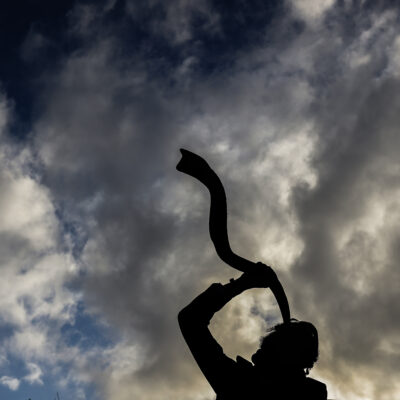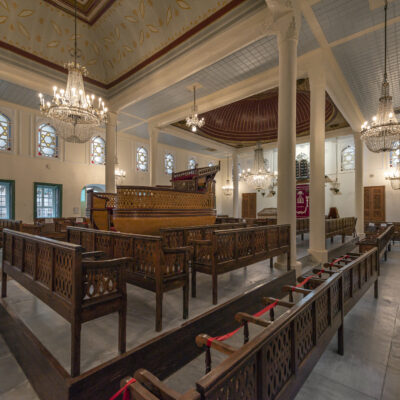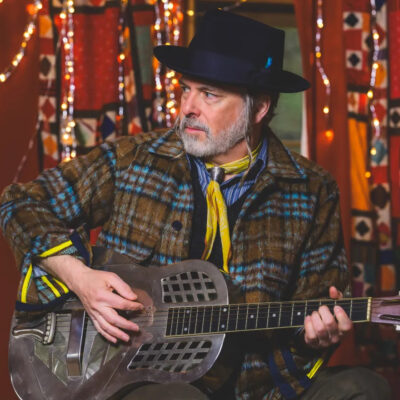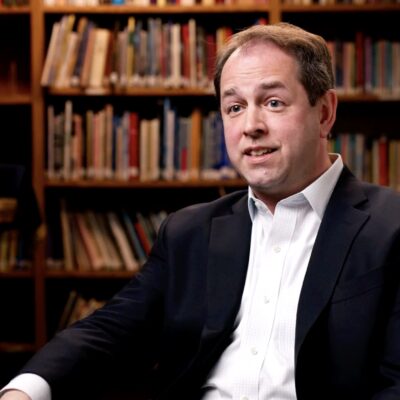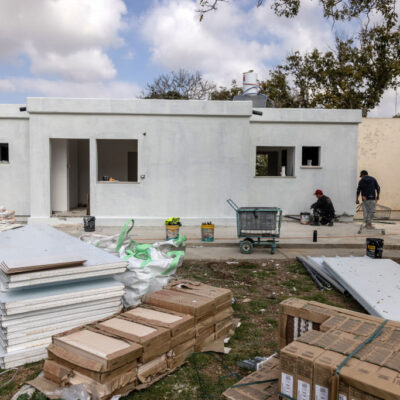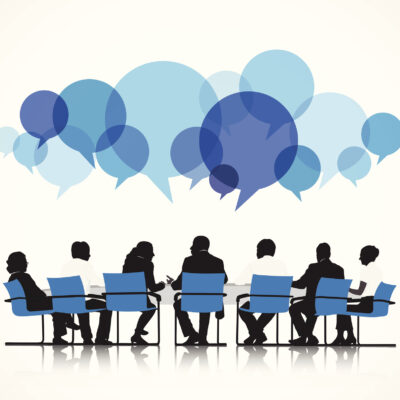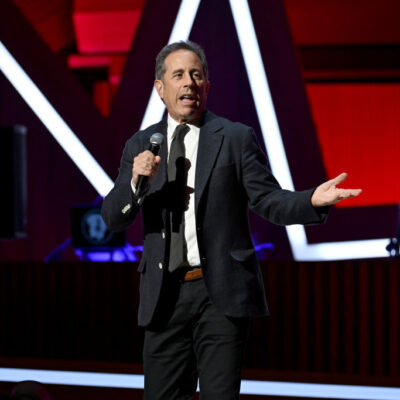Opinion
A REVEALING PRACTICE
The Seder: Where we all become Jewish educators and learners
One of my favorite statistics from the 2020 Pew study of Jewish Americans is that 62% of American Jews report having held or attended a Passover Seder the year prior, higher than any other item on the “Jewish practices and customs” list. This data point reveals a lot about the Jewish home and family.
The Passover Seder is a Jewish ritual where the home is central to the act itself. For many parents, even if they are not 100% sure exactly what to be doing on Passover, largely through their own personal experiences they may know the basic components of the Seder. And in assuming the role of storytellers, parents, grandparents and children alike, are also transformed into Jewish educators.

Illustrative. An American Jewish family celebrates Passover together, dipping the karpas (parsley) in salt water as a reminder of the tears of the enslaved Israelites. Getty Images/halbergman
These newly initiated “Jewish educators” might know where to find information to help make them feel less intimidated to guide them through the experience. For some it is the Hagaddah itself that provides a roadmap that can transform Jewish families into confident and competent Jewish teachers.
Each year we are invited to use this same curriculum, resources and the pedagogies within the Hagaddah, while also being encouraged to add our own creativity, imagination and adaptation so that the ritual remains eternally relevant.
“Bechol dor vador chayav adam lir’ot et aztmo k’ilu hu yatza mi Mitzrayim.” In each and every generation we are obligated to see ourselves as if we came out of Egypt. For many of the 62%, including the 30% of those who identify as “Jews of no religion,” the Seder is not just learning; it also may be considered an obligation. In our Western world, abundant with choice, the word “obligation” might feel cumbersome or even oppressive; and yet on Passover — perhaps ironically, given that this is the festival of liberation — this commitment is embraced by so many.
I am also enamored by the phrase “as if” (k’ilu) — to see ourselves “as if” we were slaves. Individually and collectively, we imagine not only what it was like to be slaves but also what it was like to emerge from Egypt. We are asked to imagine what freedom and liberation truly feels like from anything that enslaves us today.
In this light, the Haggadah is more than just a foundational lesson plan — it is also a pedagogical framework. The story of the Four Sons reminds us that this singular experience is designed to engage the different dispositions that make up one’s quirky family. As we pray, sing, discuss, argue, and search for the afikomen, we are actively catering to the multiple levels of knowledge, ages and dispositions around the table. As we read, lean, drink, smell, recite and, of course, eat, we are ensuring that the Seder becomes a total sensory experience. To be explicit, the passing down of the Passover story from one generation to the next is not only Jewish learning: It is experiential Jewish education, perhaps at its finest moment.
Like last year, it won’t be a stretch for us to think of the hostages still in Gaza as we tell the story of Jewish captivity and the path to freedom. It won’t be challenging for us to consider the tragic loss of innocent human life as we spill wine at the recitation of each of the plagues. And I don’t think it will be difficult, as we sing ancient songs of freedom and peace, to hope and pray for an end to all conflict in the world today.
When our Seders conclude, we should also be reminded that even with all of the important investments and innovations in education, the home and the family remain a deeply impactful setting and messenger. Judaism has a way of reminding us that we can all be leaders, educators and learners together, around one table, connecting our history of liberation to our continued yearning for it today.
David Bryfman is CEO of The Jewish Education Project

 Add EJP on Google
Add EJP on Google